Shin-Yokohama Raumen Museum and Chinatown
September 06, 2019・11 min read (1692 words)
I left the house at 1100 and it took me about eighty minutes to get to Shin-Yokohama, where I met Bob and Christine to visit the Shin-Yokohama Raumen Museum. There was a 310 JPY entry fee which I thought was rather cheap, but I realised why when we went in and I saw that there really wasn’t much museum at all. Rather than being a museum with permanent exhibits and cases displaying random things, most of the building is filled with carefully selected ramen restaurants which showcase different types of ramen from around Japan.
Firstly we went downstairs to the ramen restaurants to eat lunch.
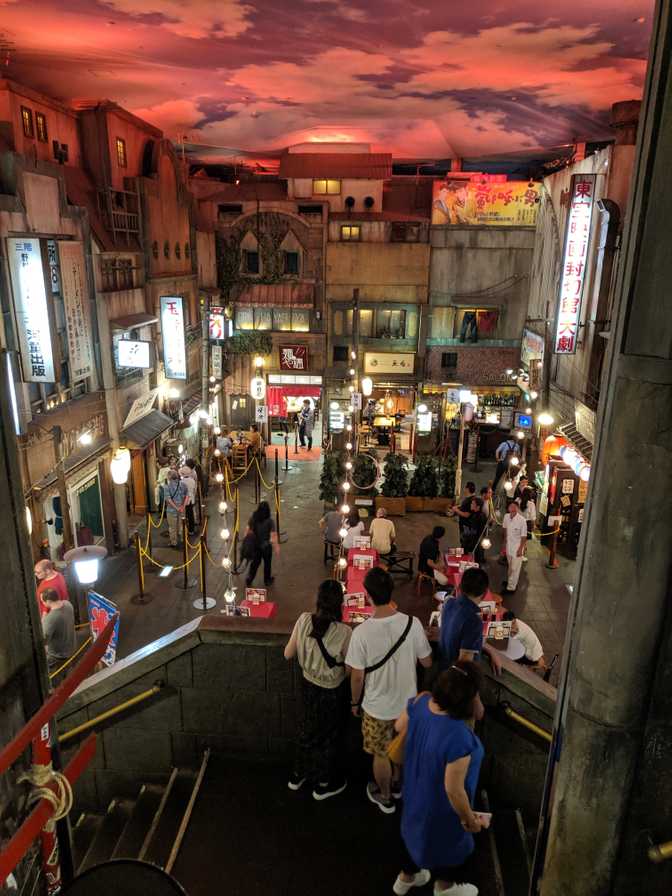
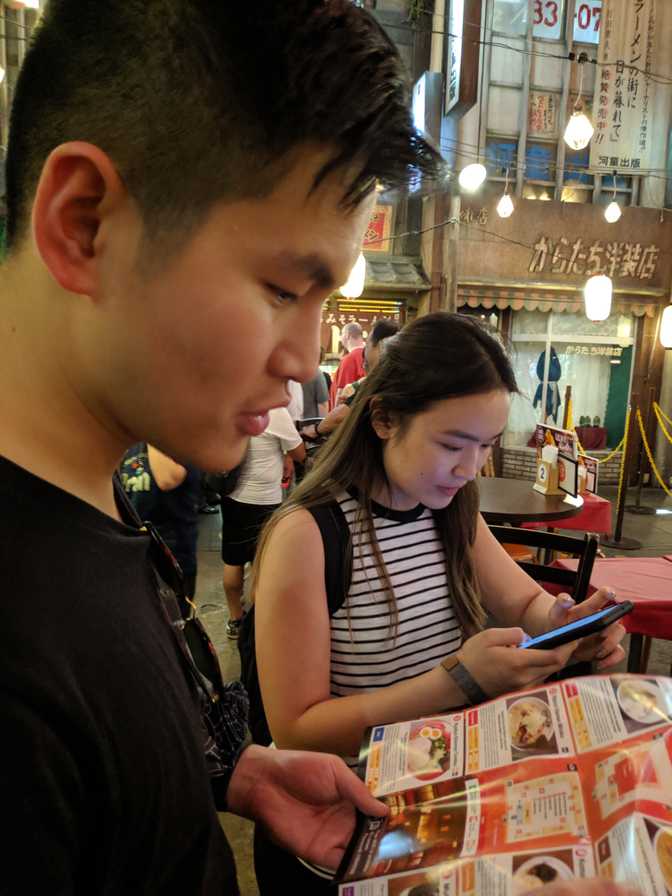
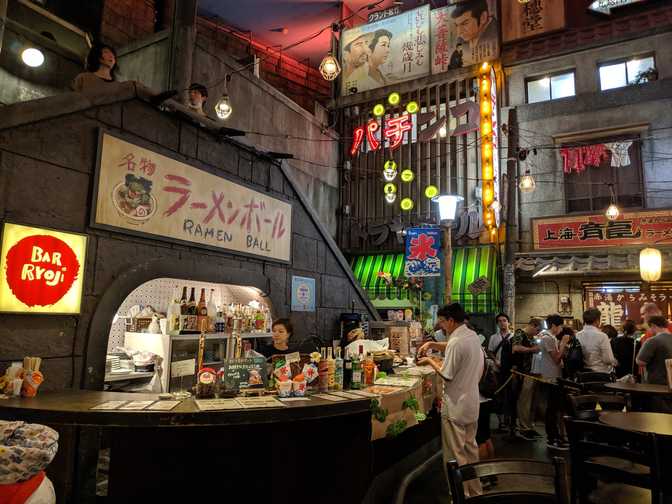
I wanted to try a few different ramen types but unfortunately it’s not really a food court and you still have to eat inside the shop, which meant that we couldn’t get three different ramens then share them, so we just ate together at the one shop. We couldn’t just go inside and order one bowl between the three of us either since they had signs explicitly telling us that you have to order at least one bowl each at a restaurant.
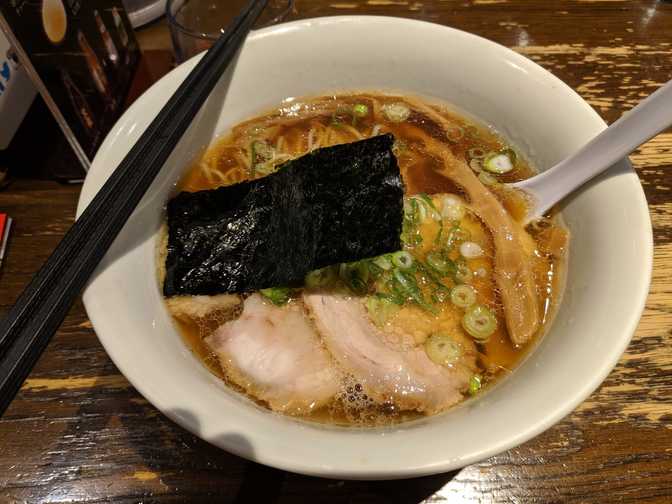
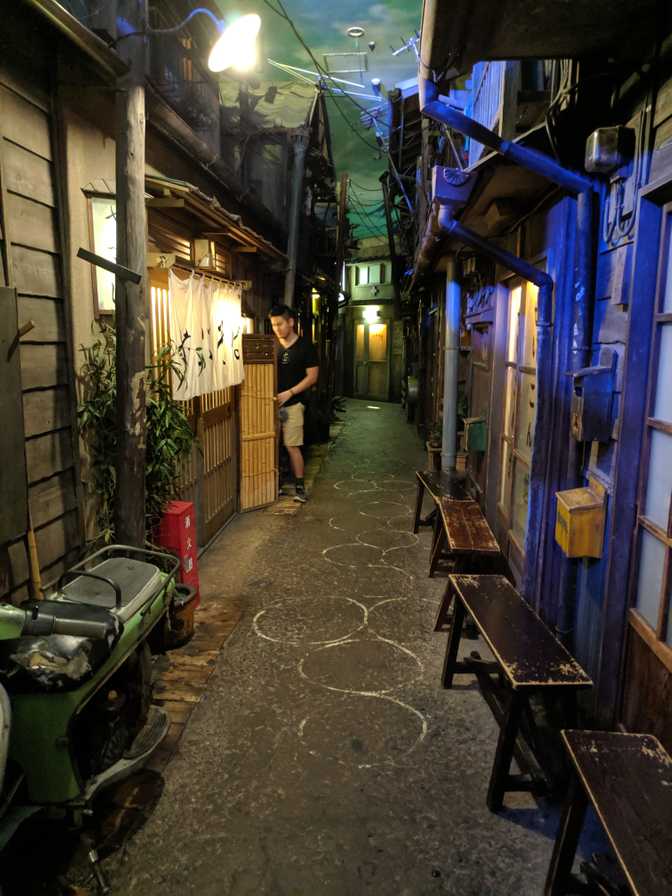
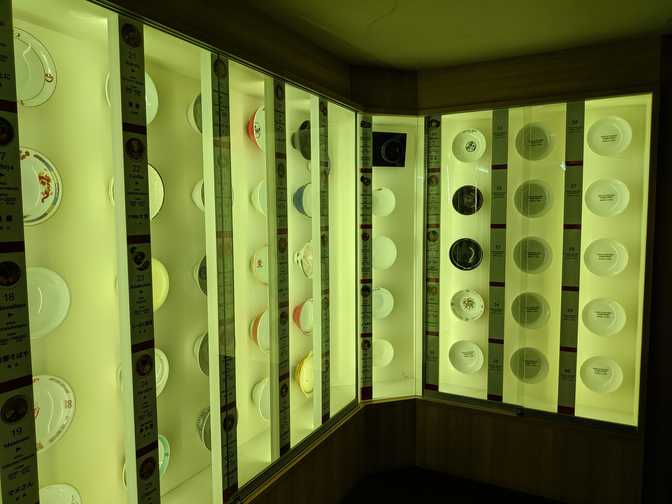
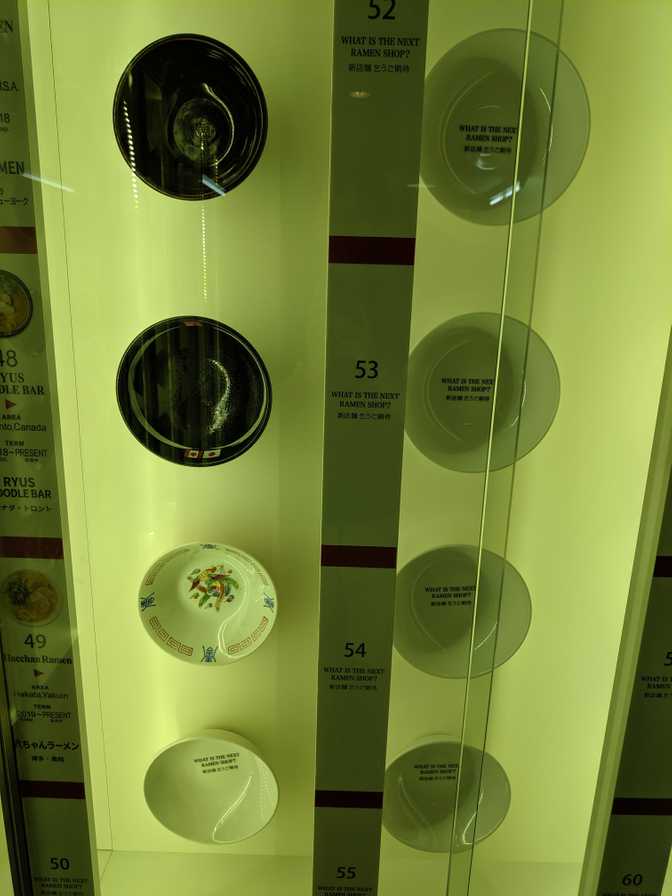
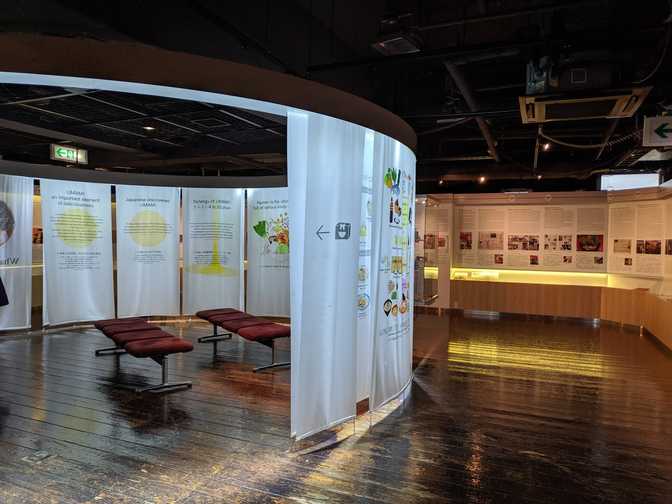
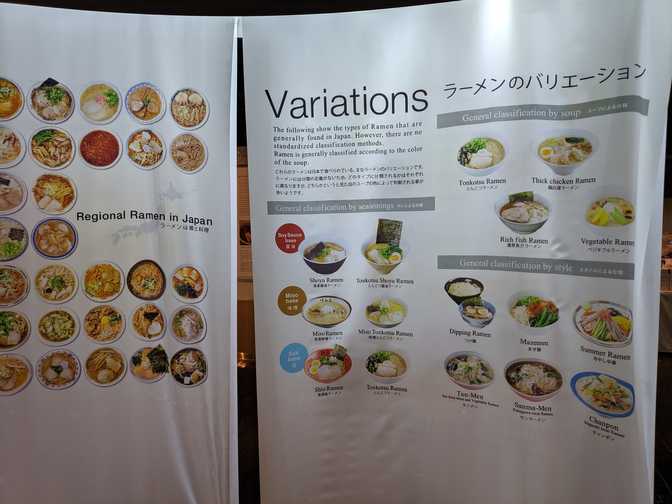
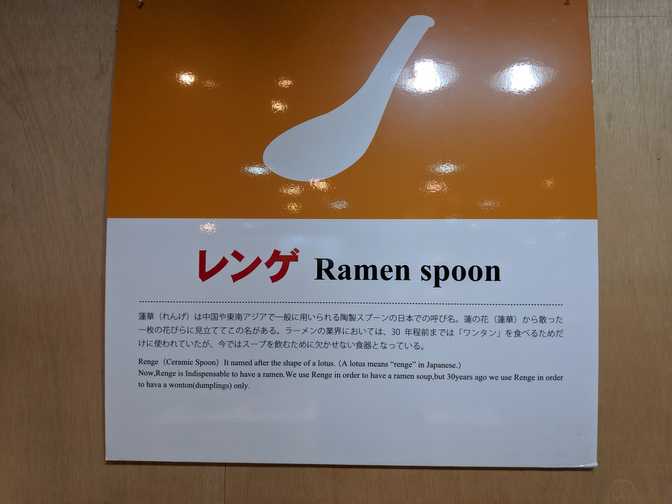
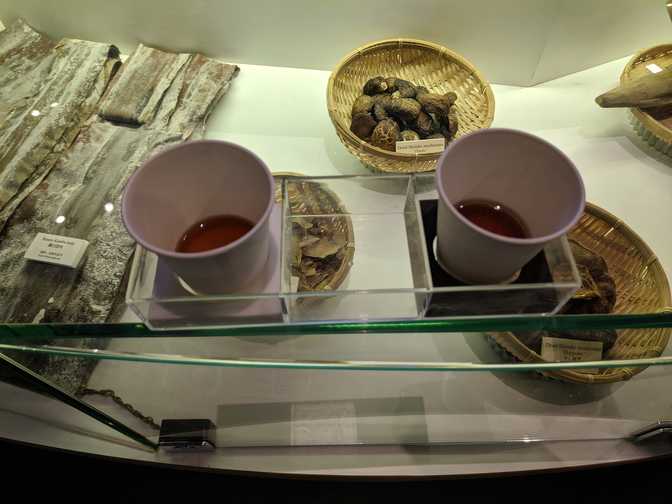
We went back downstairs after we reread the pamphlet and saw that you can get mini bowls instead of full bowls at the shops. Unfortunately they turned out to still be half size servings, and we were a bit too full at that point.
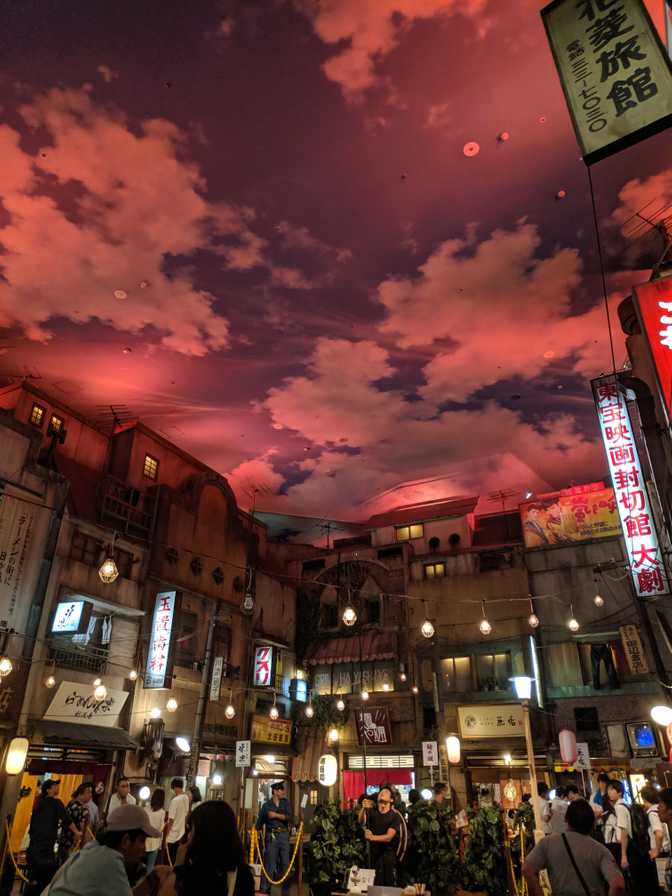
Bob and Christine had planned to go to the Kirin Beer Village/factory in the afternoon but I’d read that you need a (free) booking in advance, so we didn’t really want to take the forty minute commute to possibly get turned away at the door. Instead, I tagged along with them to check in to their hotel, enjoy the aircon, and have a bit of a rest, since they were sleep deprived from their flight and not used to the heat yet. I pretty much had the exact same issue the first few days that I got here, and the sun was out for the first time in ages today so it was particularly hot as well as bright.
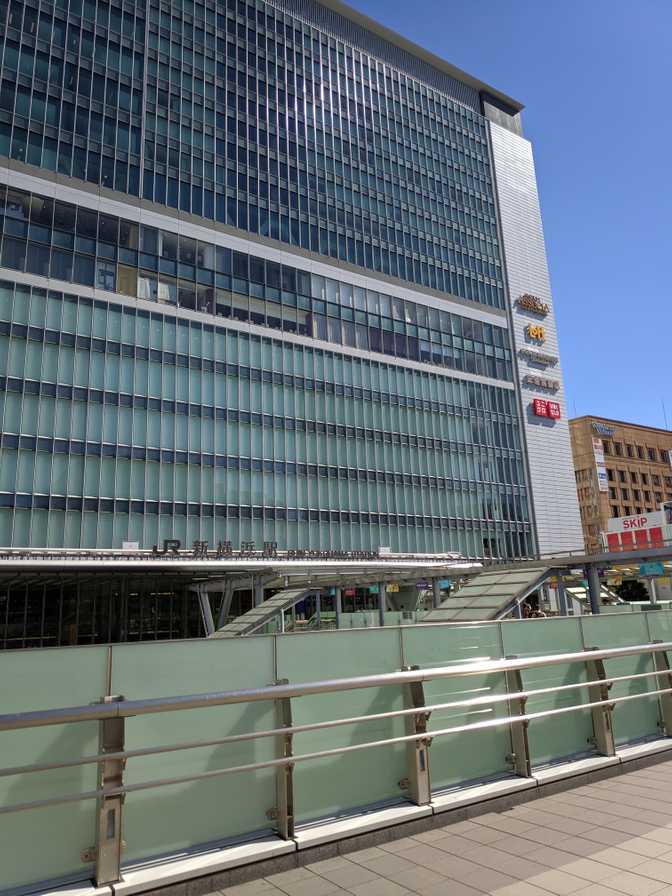
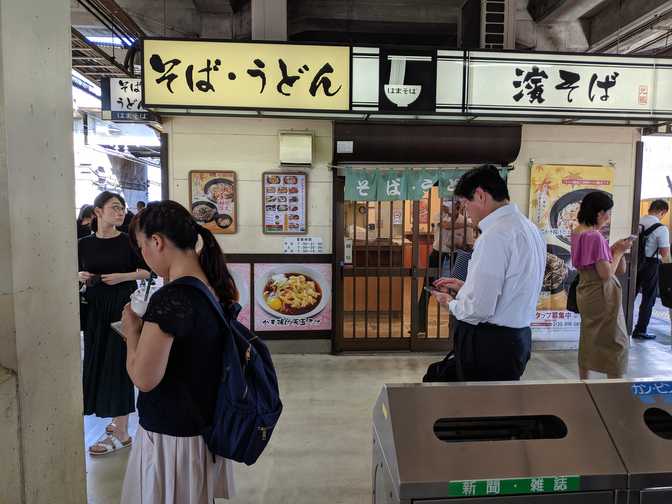
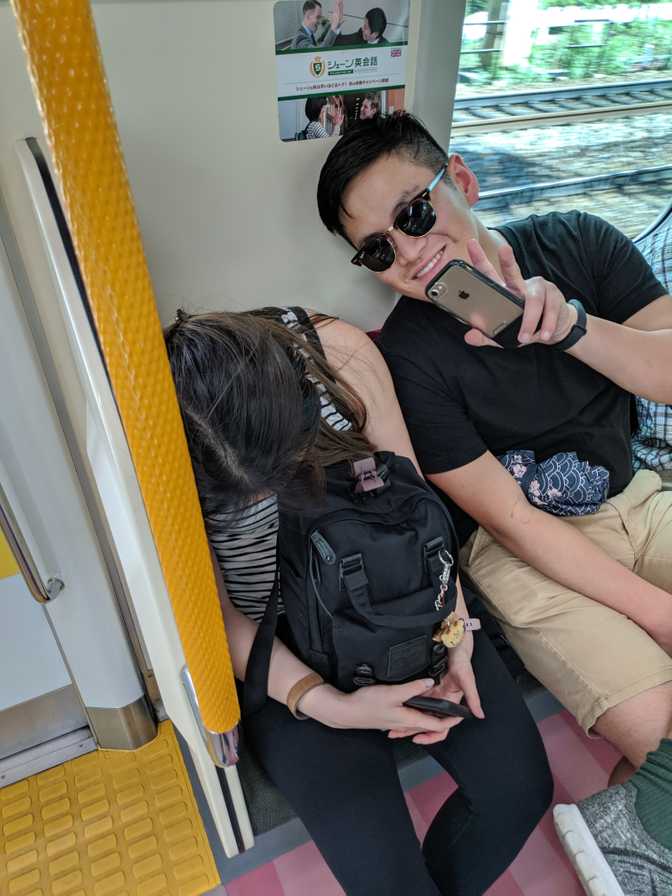
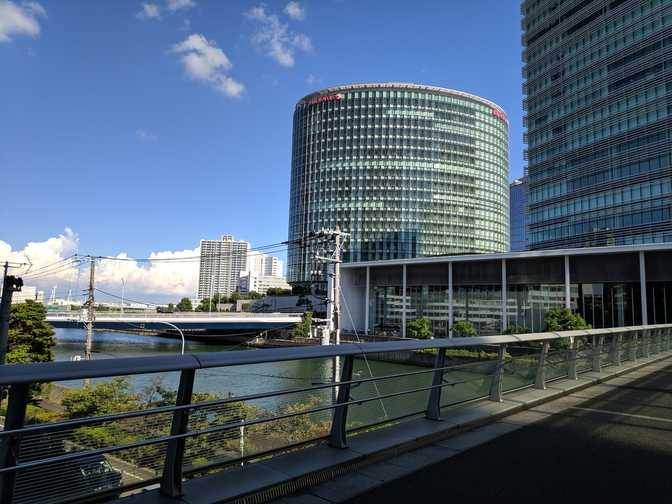
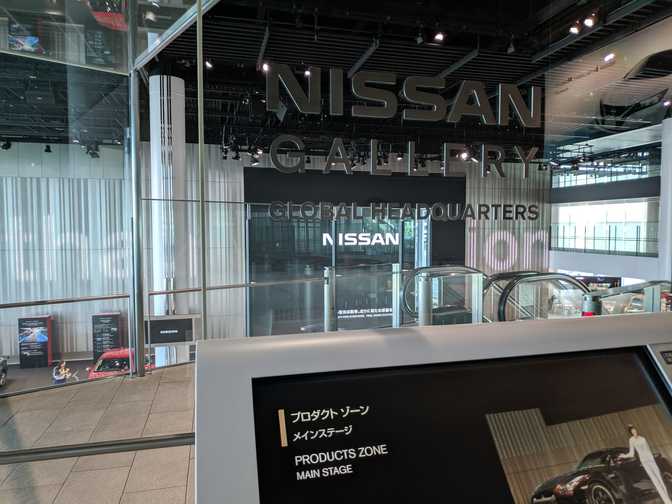
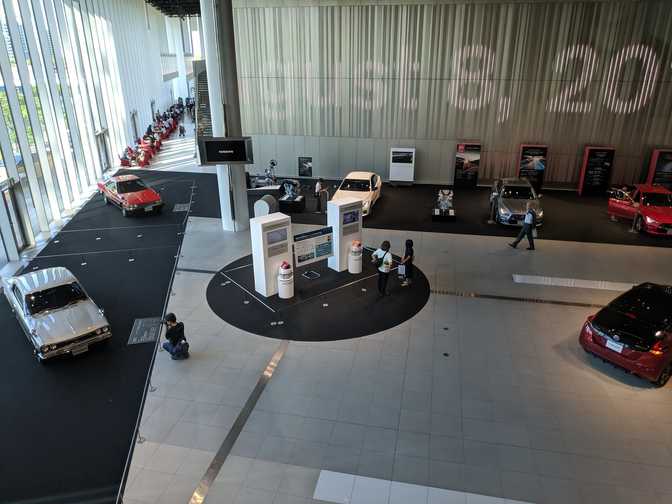
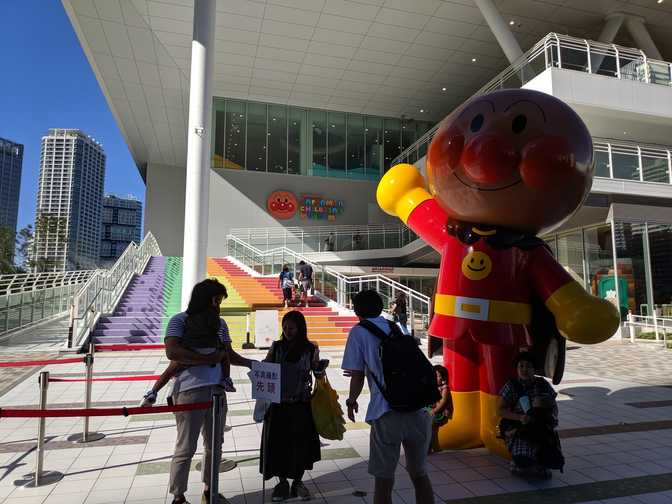
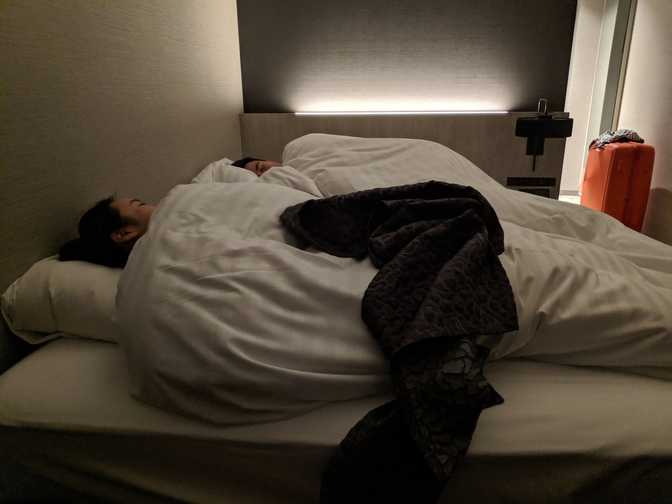
After a half hour nap we made our way to a cemetery for Bob to pay his respects to his great grandparents. We walked past a rental bike station but it was a big hassle trying to sign up online so we decided to just catch the train. Bob actually went to the effort and signed up but by then we were already halfway to the train station. Luckily, there was another bike station right there so we all signed up.
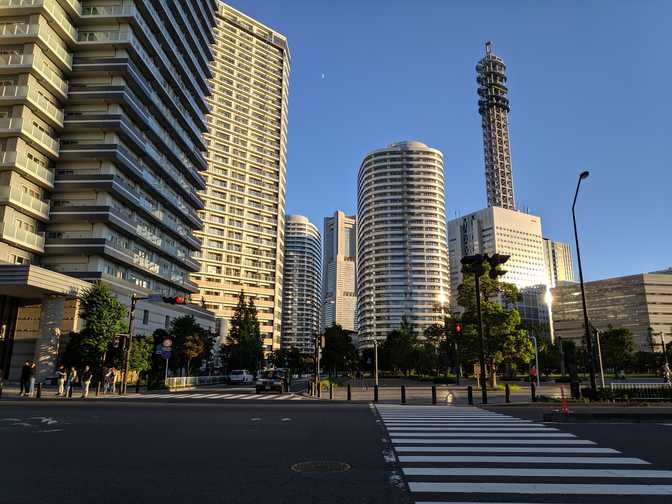
The bikes were really useful because the cost of renting for half an hour was similar to the train fare to get to Chinatown, plus from Chinatown it was a half hour walk uphill to the cemetery. The uphill would’ve been a big issue except we rented powered bikes which assisted you when you pedalled, making the whole thing quite painless.
I was actually quite scared riding around on the streets, since I hadn’t ridden a bike in more than six years, we had no helmets, it was really heavy due to the motor so the handling was different, and sometimes we had to ride at really low speeds amongst crowds and in small gaps to dodge pedestrians. And there was no way that I was riding on the roads since in busier areas no one seems to do it, and when we got to the suburbs, the cars are going quickly and all you have are a rear reflector and a headlight! There was one particularly annoying narrow footpath which had power poles installed at regular intervals right in the centre of the footpath and it was seriously anxiety inducing dodging past each one. At least it didn’t have many pedestrians.
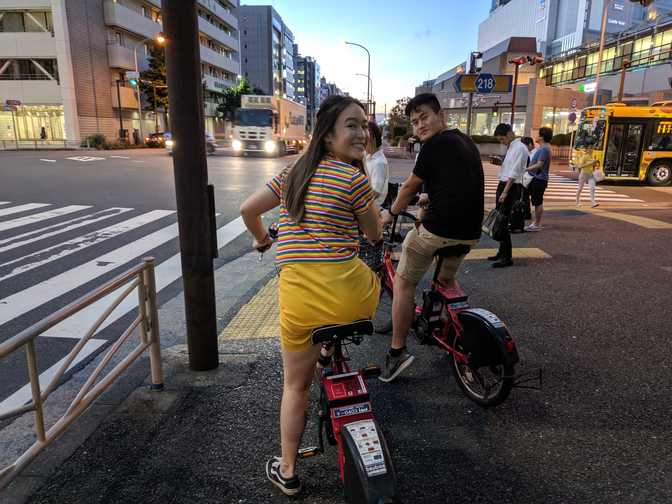
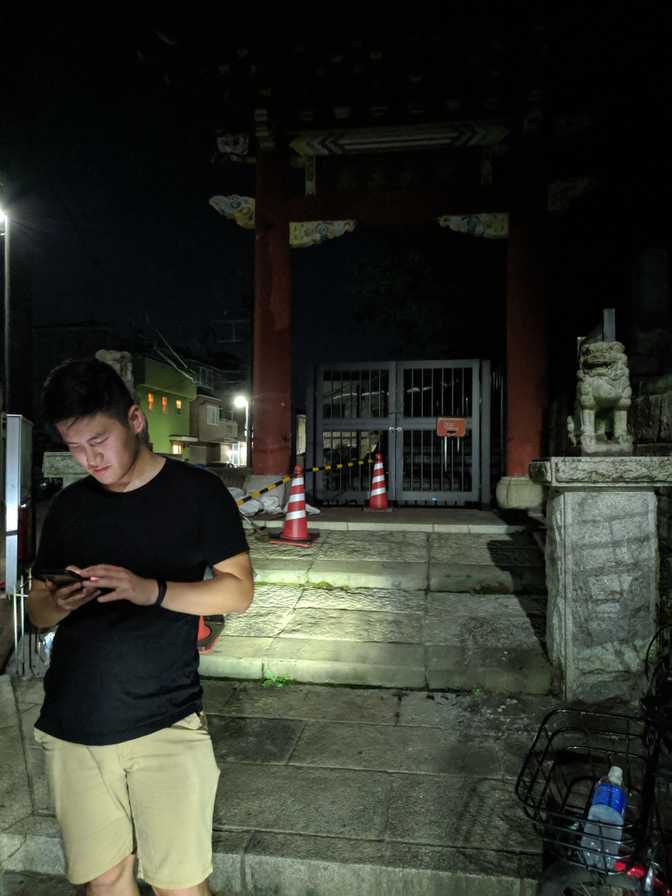
Then we rode to Chinatown and dropped off the bikes. The Chinatown in Yokohama is apparently one of the larger ones in the world. To be honest I didn’t think that I’d like it that much, but when we actually got there, I loved it, even though it was quite dead since I assume it’s mostly busy during the day. It was probably a mix of not having eaten Chinese food in a while and being able to understand some of the locals in the shops.
I should’ve looked up the area before we got there since apparently the majority of the population are from Guangzhou and therefore probably speak Cantonese. At the time I didn’t know, so we just let Bob speak Mandarin instead. It was actually quite amusing: the staff of both of the shops that we went to first spoke to us in Japanese, and after a brief awkward pause, Bob asked if they spoke Mandarin, and everyone had a laugh and then we were able to communicate. It was nice having someone in the group being able to speak completely naturally to the staff and properly discuss the menu. While Elbert can speak Japanese, he still needs to put quite a bit of thought into what he’s saying, and it still feels like there’s a bit of an unexplainable cultural barrier. Being Chinese and having been to Chinese restaurants many times before, you don’t need to think as much about how to behave. I just felt very comfortable being in a familiar environment.
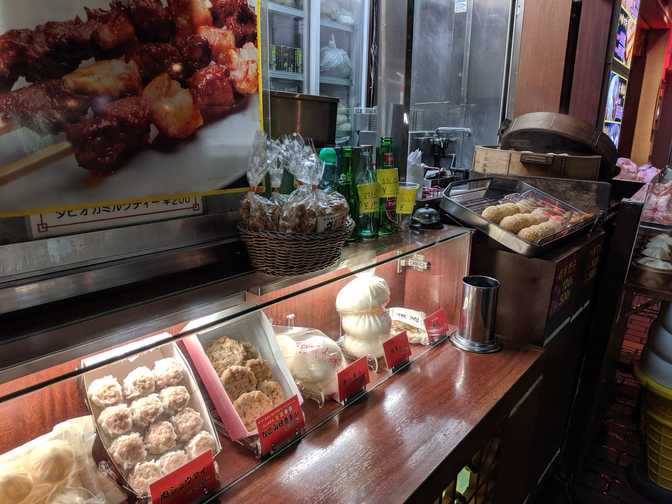
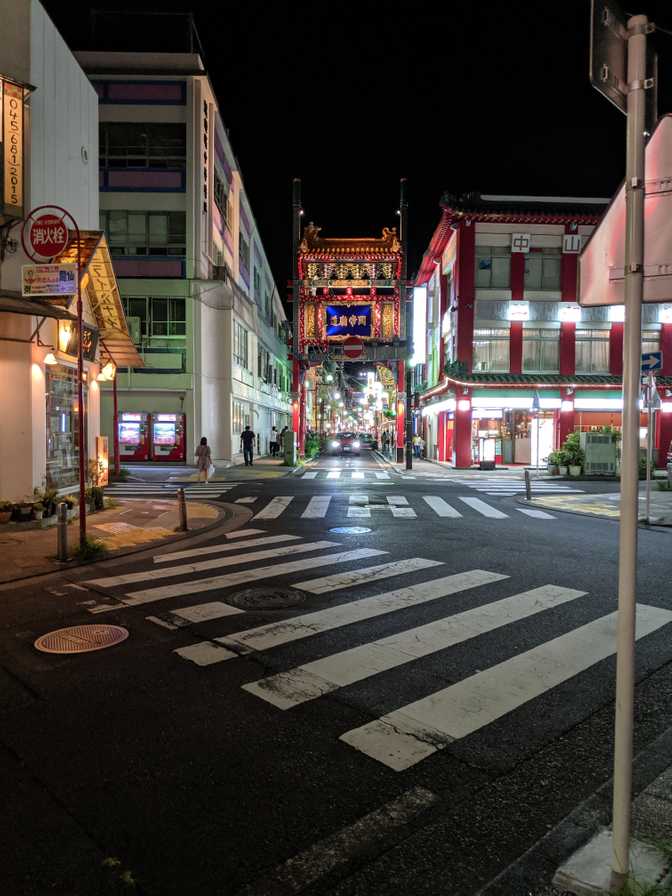
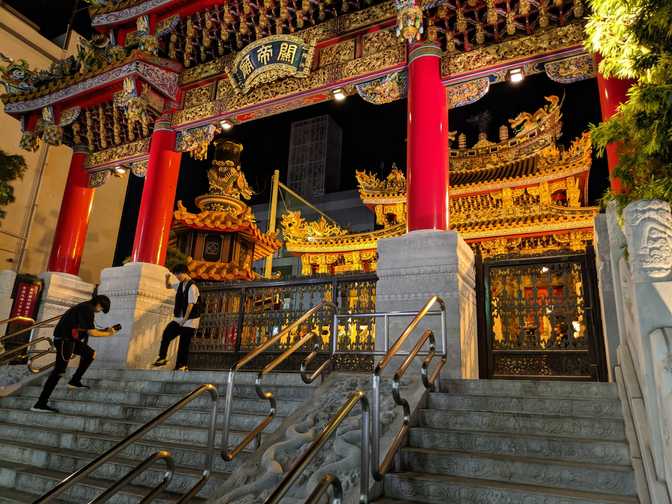
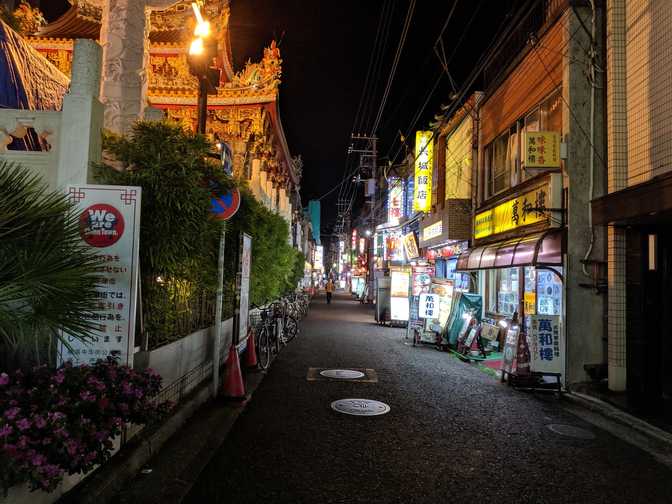
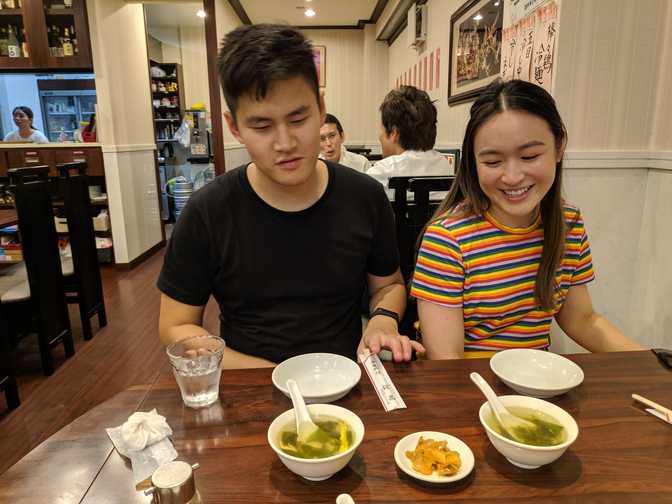
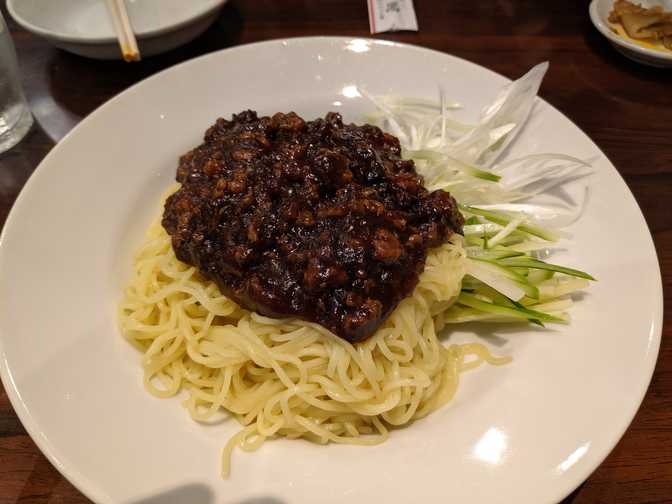
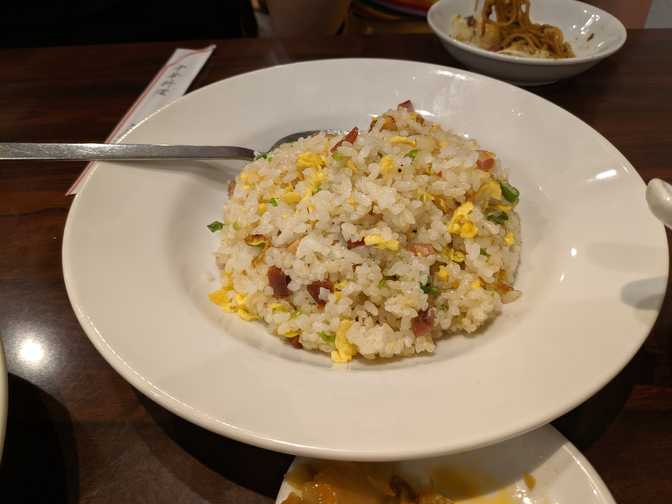
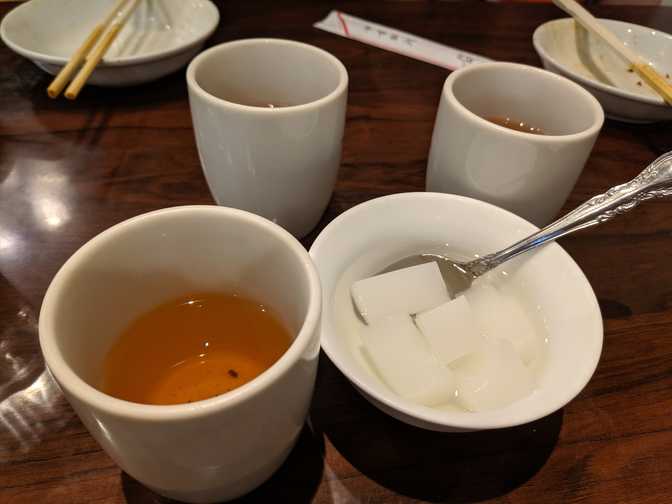
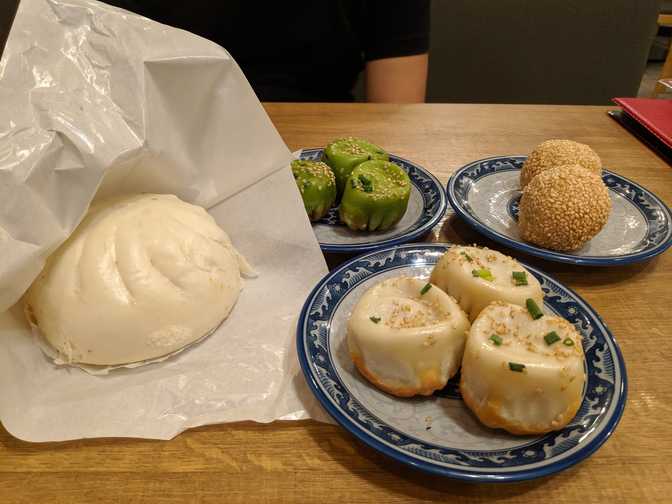
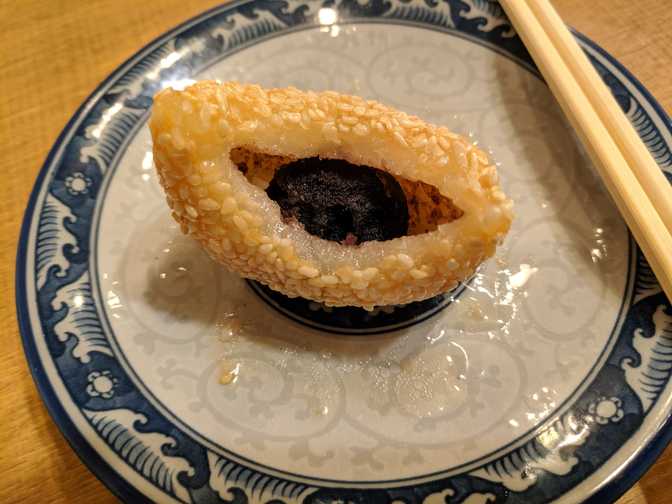
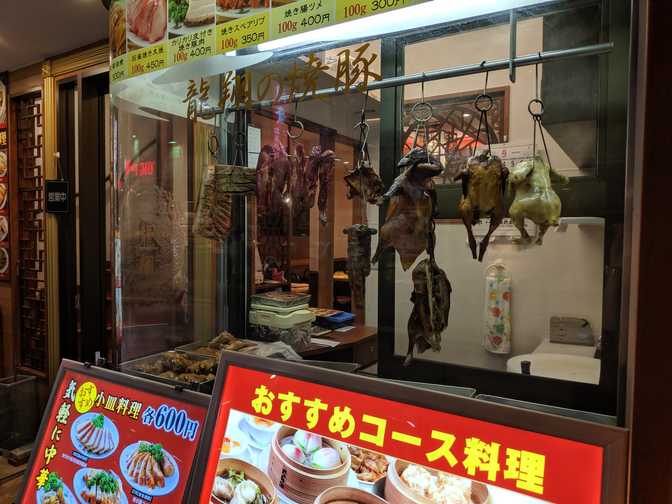
I’ve read that there’s a small Chinatown in Ikebukuro so I might just have to go if I get homesick.
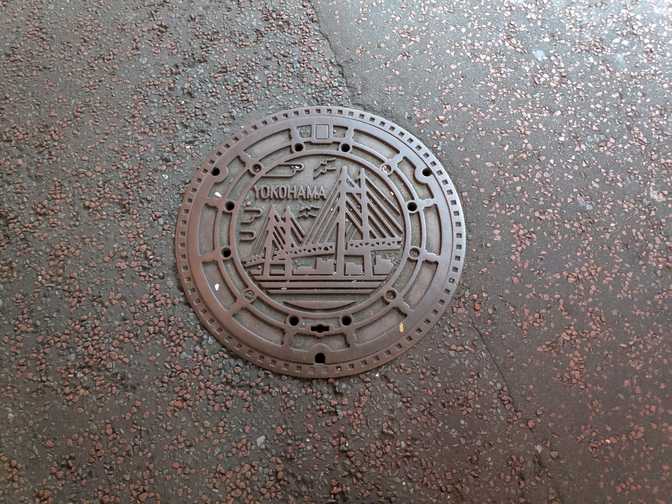
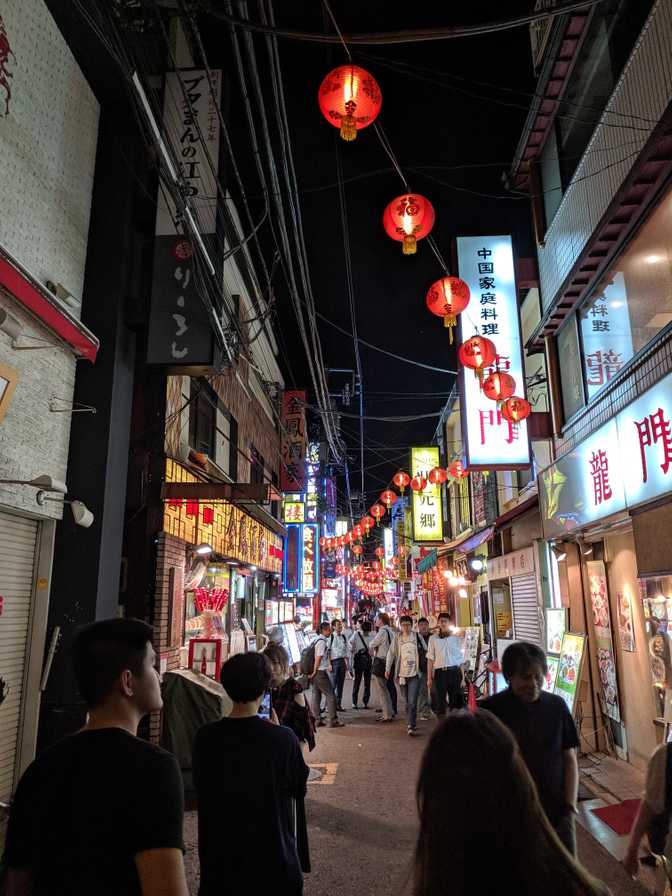
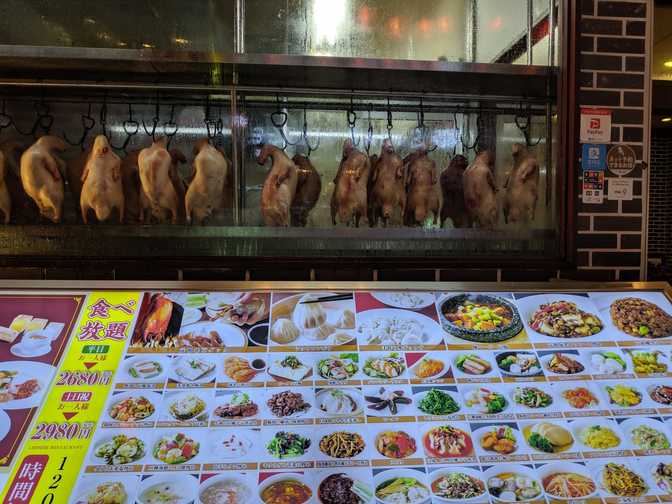
I had to be mindful of the time because it was a long commute and I didn’t want to miss any last trains, but we were actually pretty tired so we just went home at 2200 after dinner.
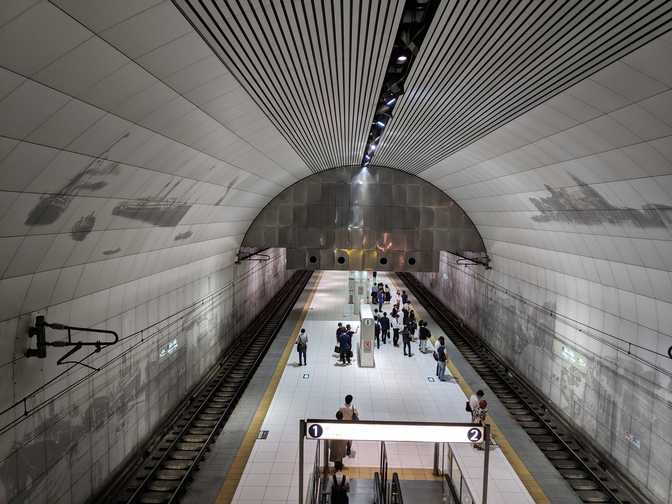
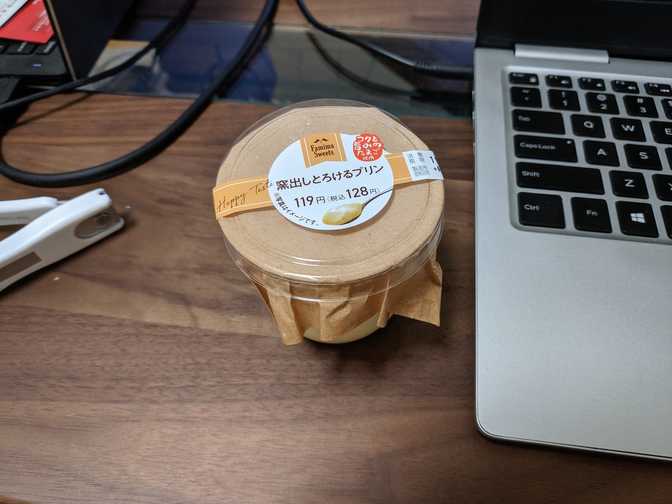
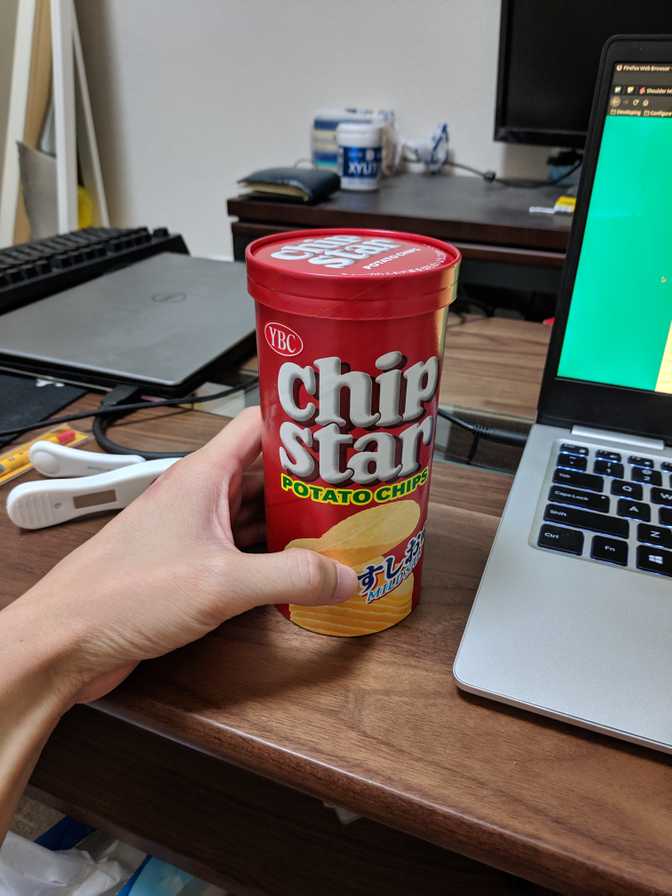
It took about seventy minutes to get home. I also noticed that my butt was pretty sore from the bike seat. I read a few articles about the differences between temples and shrines in Japan1, blogged, then went to bed.
Waking hours
1030–2845
-
it’s somewhat confusing but the gist of it is that one is Buddhist and one is Shinto, and the architecture and naming will differ. However, most places are a hybrid of both because that’s just a thing that happened.
↩
Written by Daniel Tam
